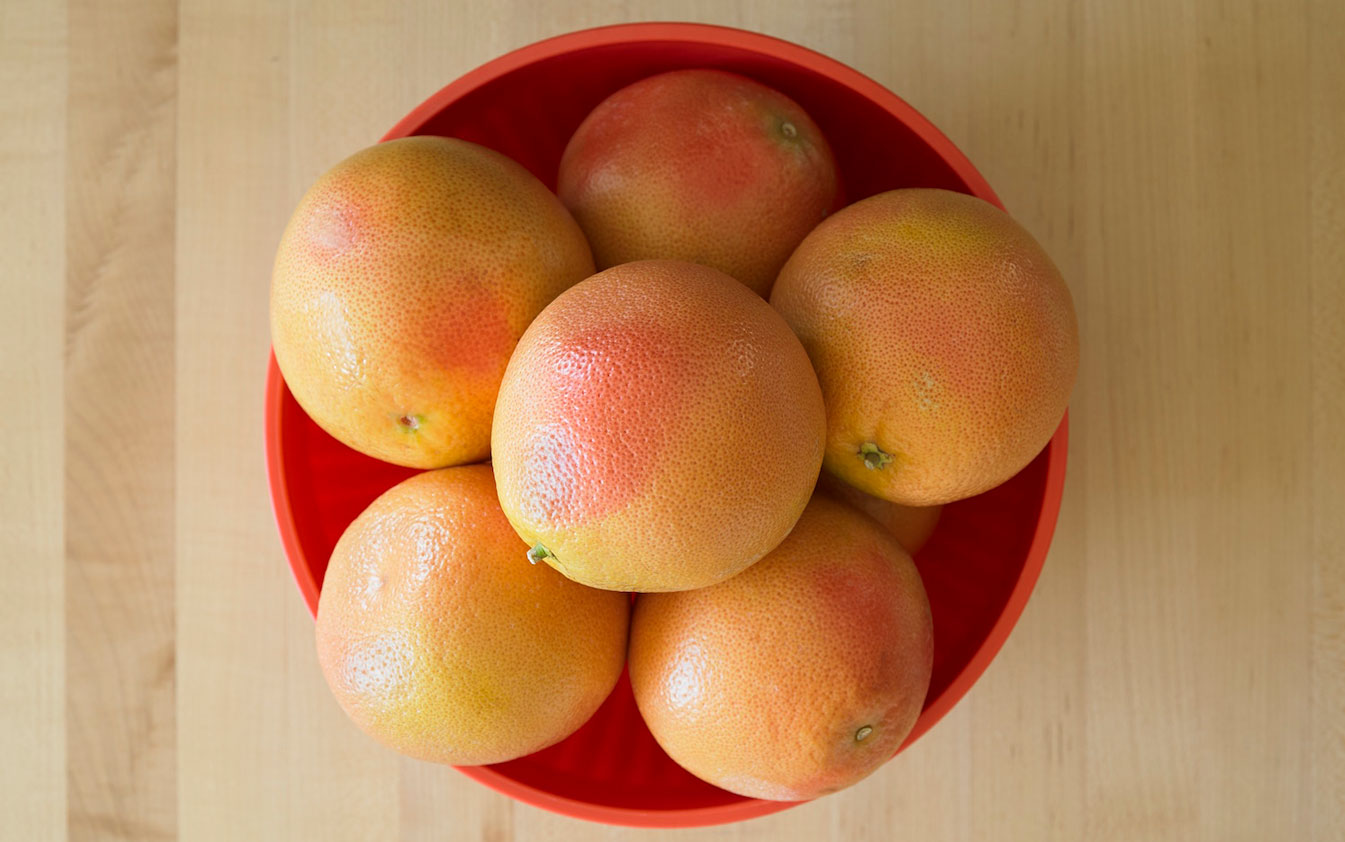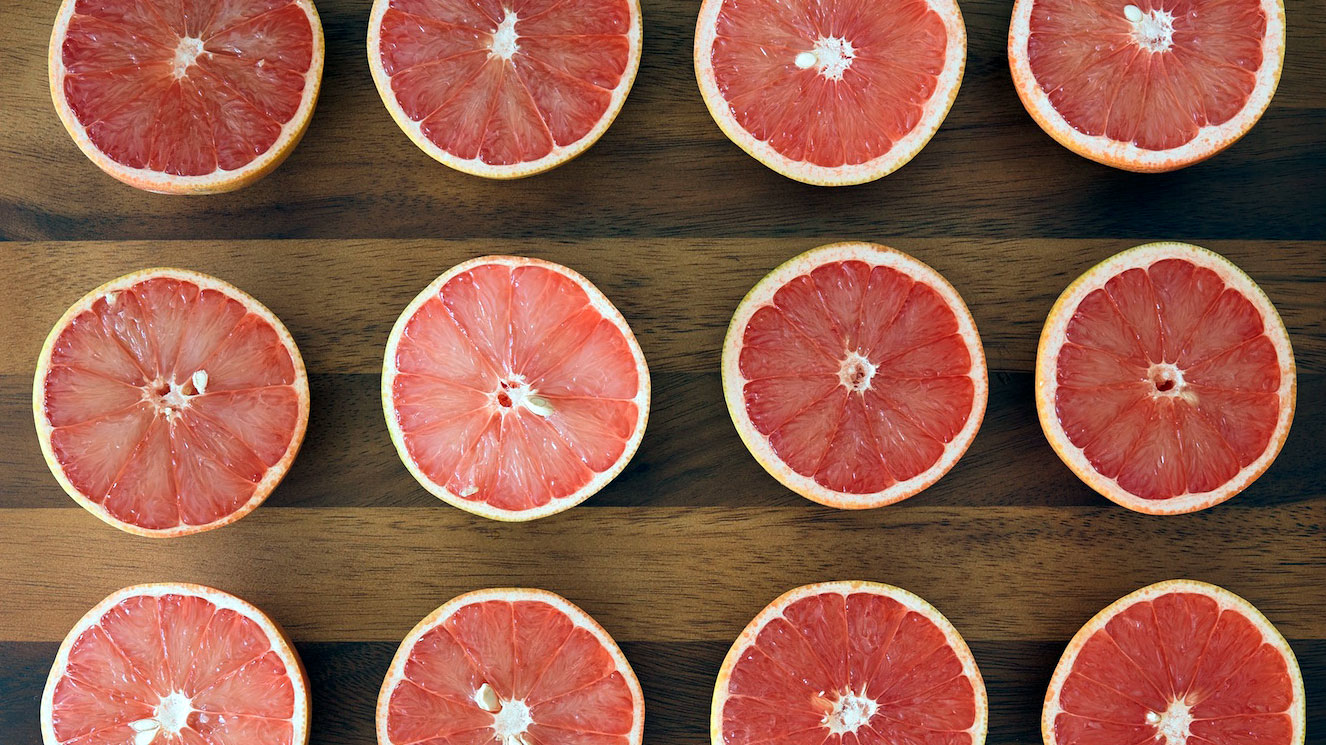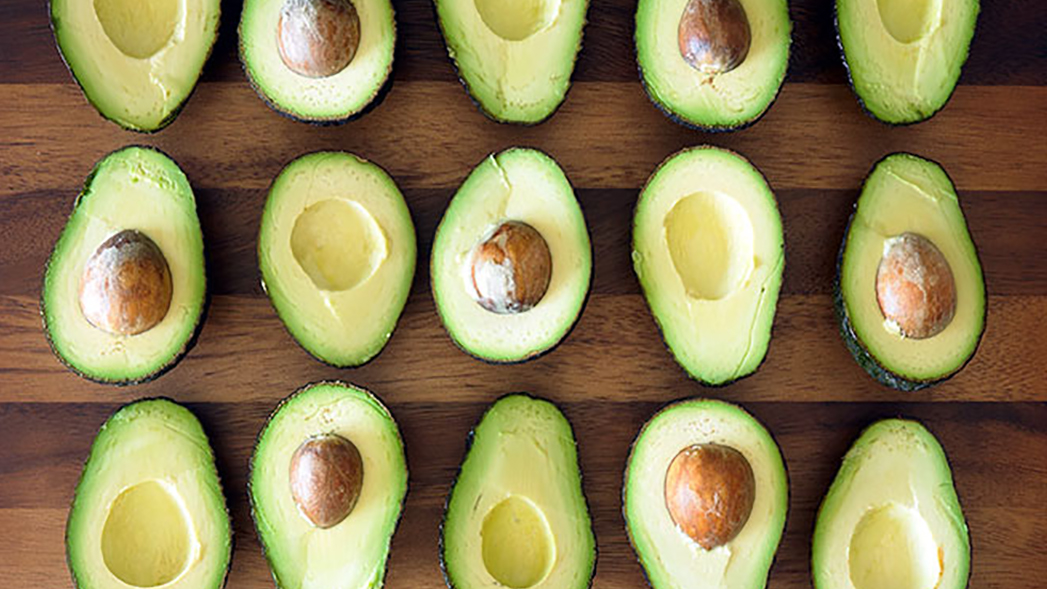How Many? Book Launch
Had my first book event today—for How Many? at Subtext Books in downtown Saint Paul. Lovely people, great little independent bookstore. You should buy some books from them.
We had a small but loyal crowd that included a three-year old and an eight-year old. The three-year old was charming, as all three-year olds are, and today she answered all yes/no questions in the affirmative. She and I talked about shapes and eggs and money. It was good times.
But I really got to get into the head of the eight-year old.
We discussed the grapefruit page below, and the unsolved mystery of whether there are exactly six grapefruit—the ones we can see directly—or more than that with at least one hiding underneath, possibly reflected in the surface of the bowl.

We moved on to the next page, which is where the real fun began.

My eight-year old conversation partner looked carefully, thought for a while, and announced that there must have been more than six grapefruit on the previous page because there are more than six on this page.
I asked, “How do you know?” and it turns out he was visually pairing the grapefruit halves on this page. He used his fingers to show me the pairs he made, but he was having trouble keeping track of their number. So when he came out with more than six pairs of grapefruit halves on this page, that meant there must have been more grapefruit in the bowl.
We flipped pages back and forth several times while sorting this out, and he finally concluded that there were six grapefruit on both pages. Children rarely have math tasks that connect this way, but they expect that the tasks should connect. It was delightful to watch this expectation play out.
Next up was the avocado page.

He thought for a bit and decided there were “seven point five avocados”. I thought I knew how he knew—same as the grapefruit—but I asked to be sure, and I was wrong.
“Three fives is fifteen, and then divide by two.”
It took a few more exchanges to extract that dividing by two makes sense here because there should be half as many whole avocados as there are half-avocados. Of course this is brilliant and important mathematics, and it arose in the context of making sense of a meaningful counting situation. Also notable is that three fives was a fact he retrieved quickly while three fours (of grapefruit halves) did not seem to occur to him.
The lesson here is that children are brilliant. They build math out of their everyday experiences, and when you offer them opportunities they apply the math they know to make further sense of their worlds.
Another lesson is that my new book—titled How Many?—is out. The best price and free shipping are at Stenhouse.com. If you read it with children, please report back and maybe leave a review at Amazon.
